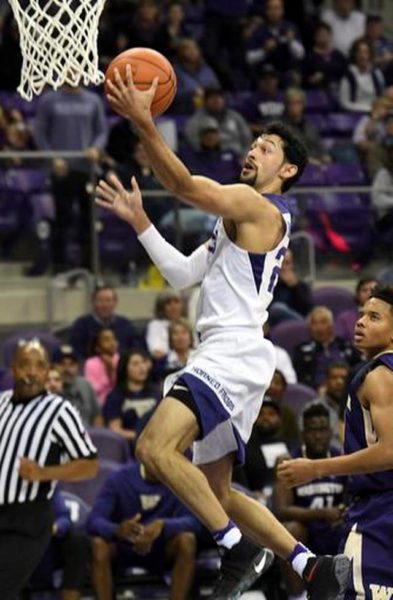A Rising TCU Tide Could Lift Big 12 Boats
Posted by Brian Goodman on December 8th, 2016While TCU fell from the ranks of the unbeaten on Wednesday night with a 15-point loss at SMU, the Horned Frogs’ ascension under Jamie Dixon has been obvious as the remaining pieces from the Trent Johnson era have blended well with young talents like Jaylen Fisher and Alex Robinson. Intent on leveraging a renovated arena and talent-rich local recruiting base, Dixon has already shored up the long-term stability of the program with commitments from 2017 four-star recruits Kevin Samuel and R.J. Nembhard. As a result, TCU’s future looks quite a bit better than its short term, but unlike with most coaching transitions, its present doesn’t look too shabby either. Dixon obviously did not walk into a Steve Prohm-like situation at Iowa State where the new guy was under pressure to win right away, but his early results in Fort Worth give reason to believe, which bodes well for a program that has gone 8-64 in Big 12 play since joining the league in 2012. Even if this immensely deep conference keeps TCU from climbing out of the cellar in 2017, mere respectability at the bottom of a league with so many NCAA Tournament candidates can be an advantage other middling power conference teams lack.

Alex Robinson and TCU may no longer be unbeaten, but their improvement can only help the rest of the Big 12. (AP/Bob Haynes)
If you take a look around the nation’s Power 5 leagues, you’ll find a lot of flotsam among the dregs. In the ACC, Boston College and Georgia Tech’s seasons were pretty much dead on arrival (the Yellow Jackets’ win over VCU on Wednesday night notwithstanding). In the Big East, Georgetown, St. John’s and DePaul have a combined 1-8 record against the KenPom top 100. Rutgers and Penn State may eventually turn things around in the Big Ten, but neither figure to make much noise this season. And the bottom of the SEC rarely ever makes waves, either. Head west to the Pac-12 and you’ll see uphill battles ahead for Washington (which these Horned Frogs have already beaten twice), Arizona State, Oregon State and Washington State. TCU has its work cut out for it this season, but even if Dixon’s team winds up on the bottom rung of the Big 12 ladder yet again, there are certainly worse places to be.
So why does that matter for the rest of the Big 12? If TCU can simply play at a competent level in league action — say, winning four or five of its conference home games and a couple tilts on the road — the conference will only look that much better when compared with its power conference brethren, whose bottom-feeders figure to be much bigger drags on their various computer rankings. Kansas likely won’t need TCU’s help to get a protected seed if they win another league title, but Baylor and West Virginia could. The Horned Frogs’ competitiveness may also help the teams in the middle. Depending on the performance of the other teams in the Big 12’s bottom tier, the strength of the league as a whole could be the difference between the NCAA Tournament and the NIT for teams like Texas Tech, Kansas State, Oklahoma and Oklahoma State.
The Horned Frogs may still be a year or two away from breaking into the top half of the Big 12, but if they continue to improve in Year One under Dixon, odds are that the rest of the league will be glad they did.











































